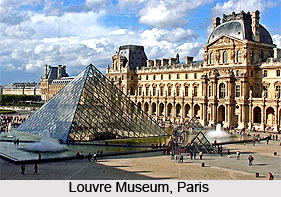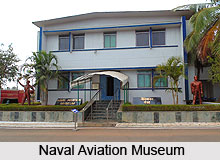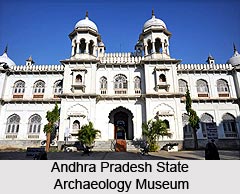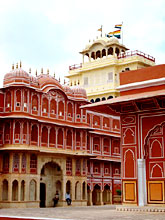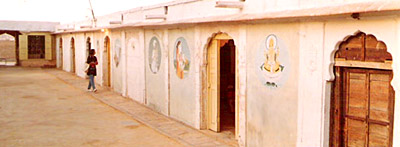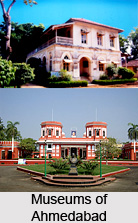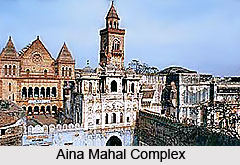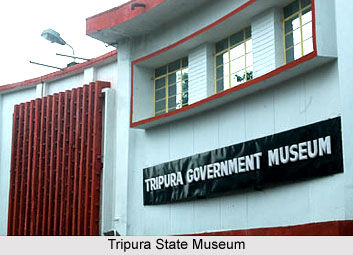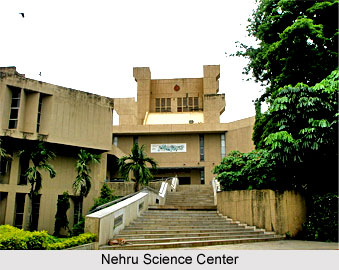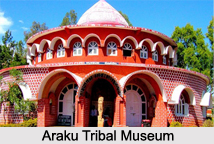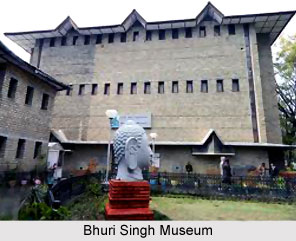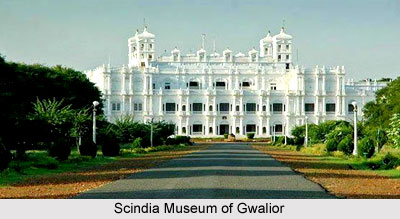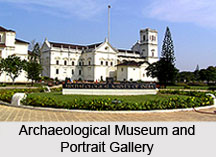 Archaeological museum and portrait gallery in Panaji, Old Goa was earlier a wing of the old Franciscan monastery. It was converted to a museum in 1964 by the Archaeological Survey of India. The museum exhibits a collection of pre-colonial and post colonial artefacts. Brahmanical sculptures, hero-stones and sati stones of the early and late medieval periods, portraits, coins and currency, revenue and court fee stamps, wooden and bronze sculptures and armoury of the Portuguese period. The main hall of the museum is flanked by a huge statue of Alfonso de Albuquerque in its entrance gate. The statue was earlier situated in Old Goa and subsequently at the Azad Maidan in Panaji. After liberation it was placed in the museum. The other areas of the museum consist of the `Key Gallery`, the `Portrait Gallery` and the `Sculpture Gallery.`
Archaeological museum and portrait gallery in Panaji, Old Goa was earlier a wing of the old Franciscan monastery. It was converted to a museum in 1964 by the Archaeological Survey of India. The museum exhibits a collection of pre-colonial and post colonial artefacts. Brahmanical sculptures, hero-stones and sati stones of the early and late medieval periods, portraits, coins and currency, revenue and court fee stamps, wooden and bronze sculptures and armoury of the Portuguese period. The main hall of the museum is flanked by a huge statue of Alfonso de Albuquerque in its entrance gate. The statue was earlier situated in Old Goa and subsequently at the Azad Maidan in Panaji. After liberation it was placed in the museum. The other areas of the museum consist of the `Key Gallery`, the `Portrait Gallery` and the `Sculpture Gallery.`
In 1962 the museum was reorganized completely. It brought a complete new look the museum. In the visitors lobby sea maps are displayed showing the sea routes of early explorers and site museums in India. The map of Goa and a few photographs of monuments of Goa and Daman are also exhibited.
The `Key Gallery` on the ground floor of the museum introduces a visitor to the short history of Goa in the form of an open book placed on a pedestal. The gallery also has its store among other things, a big statue of Luis Camoes, the famous Portuguese poet. The statue is seen holding a copy of `Os Lus¡adas.` This was also placed to the museum after the liberation. In the gallery a visitor also comes across a wall showcase containing middle and upper Paleolithic stone tools, Microliths and a few Neolithic Celts. In the second showcase the early history of Goa is projected. The excavated materials from Chandor, one of the ancient capital cities of goa have been displayed along with the ground plan of a Brahmanical temple. Early historical antiquities like the cast copper coins of 3rd century BC, copper nails, rings, etc. have also been preserved here.
The `Portrait Gallery` in the museum is situated on the first floor. It has over sixty paintings of the notable Portuguese Governors and Viceroys who ruled Goa. It contains portraits of the first- Dom Joao de Castro (1545-48) and other distinguished people like Dom Vasco da Gama (1524), the only Goan Governor, Bernardo Peres da Silva (1835) and the longest serving governor of Goa, Jose Ferreira de Pestano (1844-51 and 1864-70). It also There is also a portrait of Portugal`s right wing prime minister and dictator, Antonio Salazar.
The `Sculpture Gallery` in the museum holds some artefacts dating back to the pre-colonial era. The museum also has many ancient stone sculptures and idols to the Kadamba dynasty. A stone pillar brought from San Thome, Chennai and the site of martyrdom of St Thomas is also visible in the museum. Apart from these the sculptures of the Brahmanical deities and displayed in chronological order with the bust of Lord Shiva and Parvati, followed by the sculptures of the Silaharas and Kadambas of Goa.
